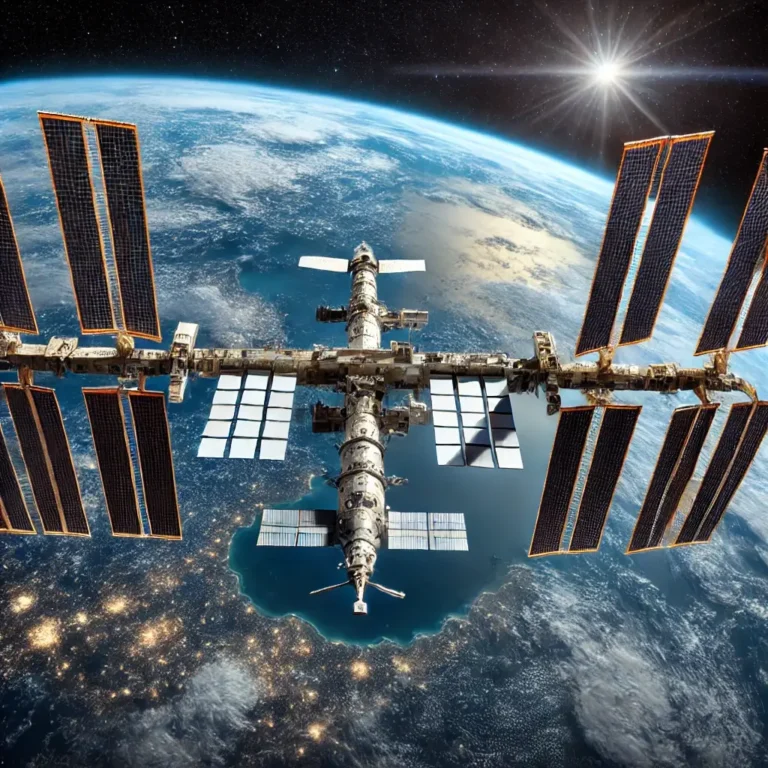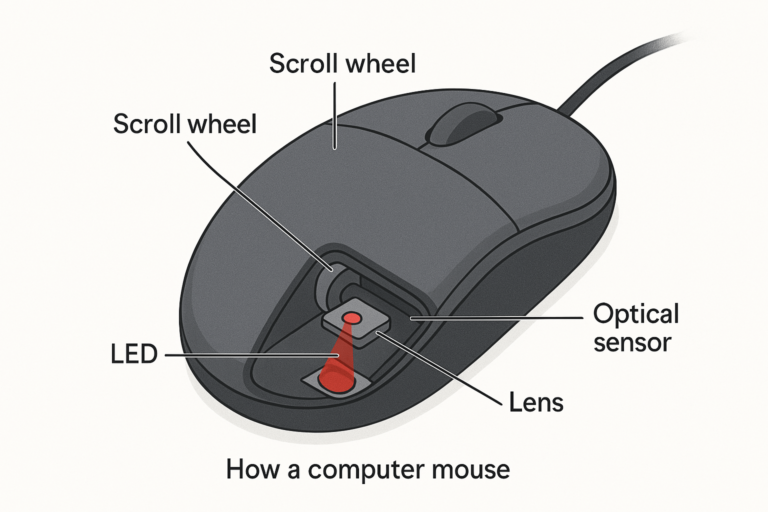🌌The Most Dangerous Planets in the Universe
🔥 Introduction: The Deadly Side of the Universe
The universe is a mysterious and fascinating place, filled with billions of stars, galaxies, and planets. While some exoplanets might offer Earth-like conditions, others are unimaginably hostile and deadly. From boiling-hot surfaces and toxic atmospheres to eternal storms and raining glass, the cosmos harbors some truly terrifying worlds.
In this article, we’ll explore the most dangerous planets in the universe, detailing their extreme environments, lethal conditions, and unique hazards.

🌍 What Makes a Planet Dangerous?
A planet becomes dangerous or uninhabitable due to several extreme factors:
- Intense radiation: From nearby stars or cosmic rays.
- Extreme temperatures: Either blistering heat or bone-chilling cold.
- Toxic atmospheres: Filled with lethal gases.
- Gravitational forces: Crushing or erratic, making survival impossible.
- Surface instability: Constant storms, lava oceans, or volcanic eruptions.
Now, let’s explore some of the most terrifying planets ever discovered.
🌑 1. KELT-9b – The Hottest Planet Ever Found
Location: Constellation Cygnus (approximately 670 light-years away)
- Temperature: ~4,300 °C (7,800 °F) – Hotter than most stars.
- Atmosphere: Molten iron and vaporized metals.
🔥 Why is it dangerous?
- KELT-9b is classified as an ultra-hot Jupiter with daytime temperatures exceeding 4,000°C, making it hotter than many stars.
- The atmosphere contains vaporized metals and heavy molecules due to the extreme heat.
- Surface instability: The heat is so intense that the planet’s atmosphere is evaporating into space.
✅ Interesting fact:
If you stood on KELT-9b, you would be instantly vaporized due to the scorching temperatures and radiation.
🌪️ 2. HD 189733b – Rains Glass in Hurricane Winds
Location: Constellation Vulpecula (64 light-years away)
- Temperature: ~930 °C (1,700 °F)
- Atmosphere: Silicate particles and methane.
🔥 Why is it dangerous?
- The planet experiences eternal 5,400 mph (8,700 km/h) winds – nearly 7 times faster than the speed of sound.
- It rains molten glass sideways due to the ferocious winds.
- The silicate particles in the atmosphere reflect blue light, giving the planet a deceptively serene, Earth-like appearance.
✅ Fun fact:
The sideways rain of molten glass makes it one of the most dangerous weather systems ever discovered.
🌋 3. COROT-7b – Lava World of Doom
Location: Constellation Monoceros (489 light-years away)
- Temperature: Day side: ~2,300 °C (4,200 °F)
- Surface: Oceans of molten lava.
🔥 Why is it dangerous?
- The planet is tidally locked, meaning one side always faces its star.
- The day side is a molten inferno, while the night side is extremely cold.
- Rock vaporization: The heat is so intense that it vaporizes rocks into the atmosphere.
- Molten rain: The vaporized rocks condense and rain down as liquid stone.
✅ Terrifying feature:
You would be instantly incinerated by the molten lava and rock rainstorms if you set foot on this planet.
🌫️ 4. 55 Cancri e – The Diamond Hell
Location: Constellation Cancer (40 light-years away)
- Temperature: ~2,400 °C (4,352 °F)
- Composition: Carbon-rich, possibly with diamond layers.
🔥 Why is it dangerous?
- The surface is covered with molten lava, making it impossible for any life to survive.
- Extreme pressure: The planet’s core is so dense that it might contain a layer of solid diamond, formed by compressed carbon.
- Tidal forces: The gravitational pull from its nearby star creates intense tectonic activity, causing constant earthquakes.
✅ Interesting fact:
Despite its deadly conditions, 55 Cancri e is nicknamed the “diamond planet” due to its carbon-rich composition.
🌫️ 5. PSR B1257+12 b – A Planet Bathed in Radiation
Location: Constellation Virgo (2,300 light-years away)
- Type: Pulsar planet.
- Radiation exposure: Lethal levels of X-rays and gamma rays.
🔥 Why is it dangerous?
- It orbits a dead neutron star (pulsar), exposing it to constant radiation blasts.
- The radiation makes it completely uninhabitable.
- Surface instability: The radiation creates massive electromagnetic storms.
✅ Terrifying feature:
Standing on this planet would mean instant death from radiation exposure.
💀 6. WASP-12b – The Planet Being Devoured by Its Star
Location: Constellation Auriga (600 light-years away)
- Temperature: ~2,200 °C (4,000 °F)
- Atmosphere: Rich in carbon and water vapor.
🔥 Why is it dangerous?
- WASP-12b is being slowly devoured by its star due to its close proximity.
- The intense gravitational pull is stripping away the planet’s atmosphere.
- Atmospheric instability: The planet’s atmosphere is gradually being turned into a massive comet-like tail.
✅ Terrifying feature:
In a few million years, WASP-12b will no longer exist, completely consumed by its star.
🌪️ 7. Gliese 436b – Ice That Burns
Location: Constellation Leo (30 light-years away)
- Temperature: ~526 °C (980 °F)
- Surface: Ice with extreme pressure.
🔥 Why is it dangerous?
- Despite being extremely hot, Gliese 436b has a surface covered in “hot ice.”
- The intense gravity compresses water into a solid state, preventing it from evaporating despite the high temperatures.
- The planet emits deadly radiation due to its star’s proximity.
✅ Terrifying feature:
Touching the superheated ice would cause instant incineration, despite its icy appearance.
🌫️ 8. TrES-2b – The Darkest Planet
Location: Constellation Draco (750 light-years away)
- Temperature: ~980 °C (1,800 °F)
- Atmosphere: Light-absorbing chemicals.
🔥 Why is it dangerous?
- TrES-2b reflects less than 1% of light, making it the darkest known planet.
- It appears pitch-black even in direct starlight.
- The surface temperature is blisteringly hot, making it inhospitable to life.
✅ Terrifying feature:
This planet is darker than coal but emits a faint red glow due to its heat.
🌌 Conclusion: The Universe’s Most Hostile Worlds
The universe contains some of the most dangerous and fascinating planets, each with its own lethal characteristics.
- From raining molten glass and lava oceans to planet-devouring stars, these exoplanets prove that the cosmos is filled with hostile and extreme environments.
- Although Earth seems tame in comparison, exploring these deadly worlds helps scientists understand the limits of habitability.






